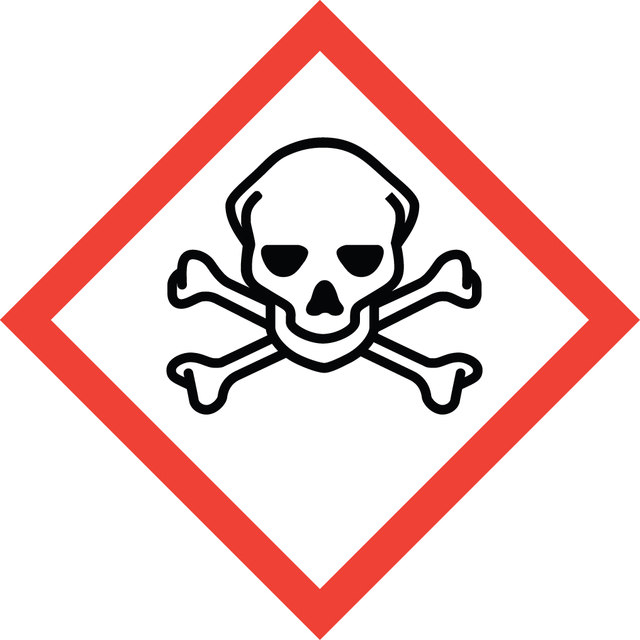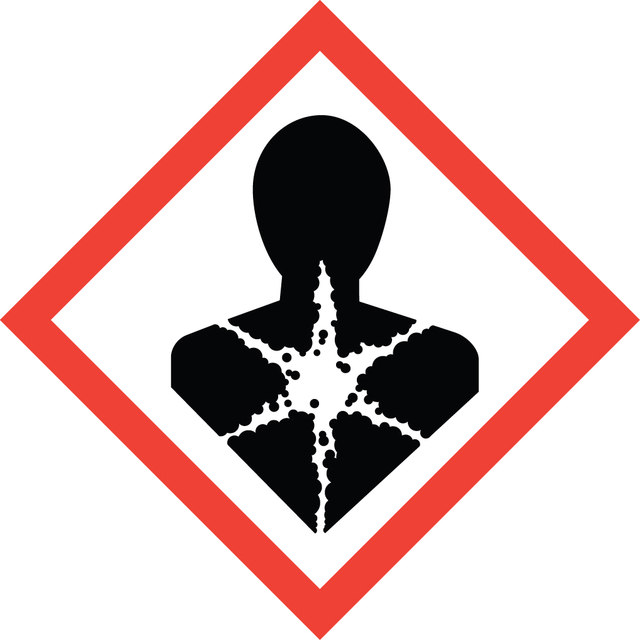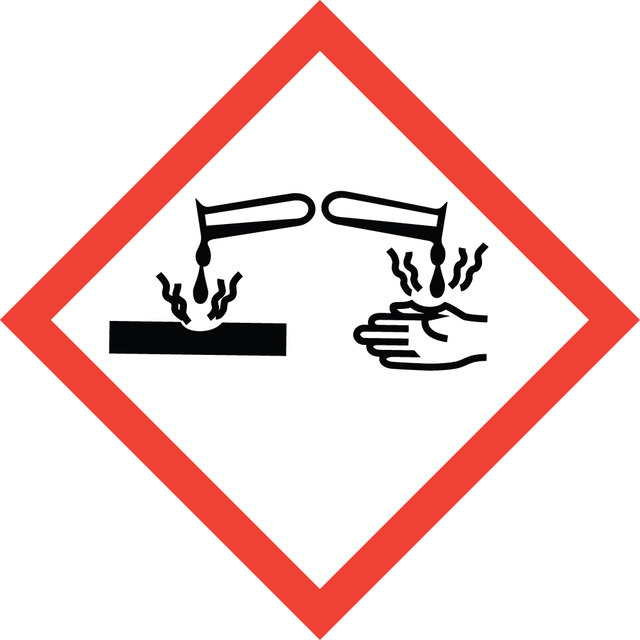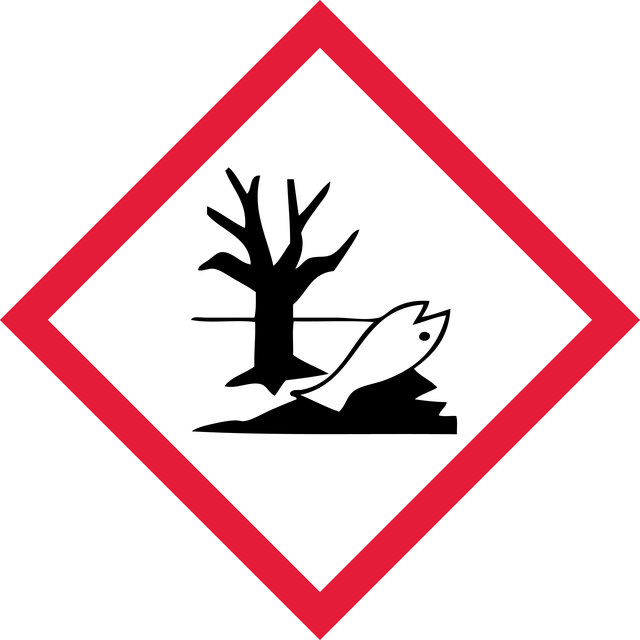77607
Phenol
BioUltra, Molecular Biology, TE-saturated, ~73% (T)
Synonym(s):
Hydroxybenzene
About This Item
0.36 mmHg ( 20 °C)
grade
Molecular Biology
Quality Level
vapor density
3.24 (vs air)
vapor pressure
0.09 psi ( 55 °C)
0.36 mmHg ( 20 °C)
product line
BioUltra
Assay
~73% (T)
form
liquid
autoignition temp.
1319 °F
quality
TE-saturated
contains
~0.1% 8-hydroxyquinoline as preservative
expl. lim.
8.6 %
impurities
DNases, none detected
RNases, none detected
insoluble matter, passes filter test
phosphatases, none detected
proteases, none detected
refractive index
n20/D 1.48
pH
~7.8(aqueous phase)
bp
182 °C (lit.)
mp
40-42 °C (lit.)
density
1.071 g/mL at 25 °C (lit.)
anion traces
sulfate (SO42-): ≤50 mg/kg
cation traces
Al: ≤5 mg/kg
As: ≤0.1 mg/kg
Ba: ≤5 mg/kg
Bi: ≤5 mg/kg
Ca: ≤10 mg/kg
Cd: ≤5 mg/kg
Co: ≤5 mg/kg
Cr: ≤5 mg/kg
Cu: ≤5 mg/kg
Fe: ≤5 mg/kg
K: ≤50 mg/kg
Li: ≤5 mg/kg
Mg: ≤5 mg/kg
Mn: ≤5 mg/kg
Mo: ≤5 mg/kg
Na: ≤50 mg/kg
Ni: ≤5 mg/kg
Pb: ≤5 mg/kg
Sr: ≤5 mg/kg
Zn: ≤5 mg/kg
SMILES string
Oc1ccccc1
suitability
suitable for molecular biology
storage temp.
2-8°C
InChI
1S/C6H6O/c7-6-4-2-1-3-5-6/h1-5,7H
InChI key
ISWSIDIOOBJBQZ-UHFFFAOYSA-N
Gene Information
human ... GABRA1(2554)
General description
Application
Caution
Other Notes
Still not finding the right product?
Explore all of our products under Phenol
Signal Word
Danger
Hazard Statements
Precautionary Statements
Hazard Classifications
Acute Tox. 3 Dermal - Acute Tox. 3 Inhalation - Acute Tox. 3 Oral - Aquatic Chronic 2 - Eye Dam. 1 - Muta. 2 - Skin Corr. 1B - STOT RE 2
Target Organs
Nervous system,Kidney,Liver,Skin
Storage Class Code
6.1A - Combustible acute toxic Cat. 1 and 2 / very toxic hazardous materials
WGK
WGK 2
Flash Point(F)
174.2 °F - closed cup
Flash Point(C)
79 °C - closed cup
Personal Protective Equipment
Choose from one of the most recent versions:
Already Own This Product?
Find documentation for the products that you have recently purchased in the Document Library.



